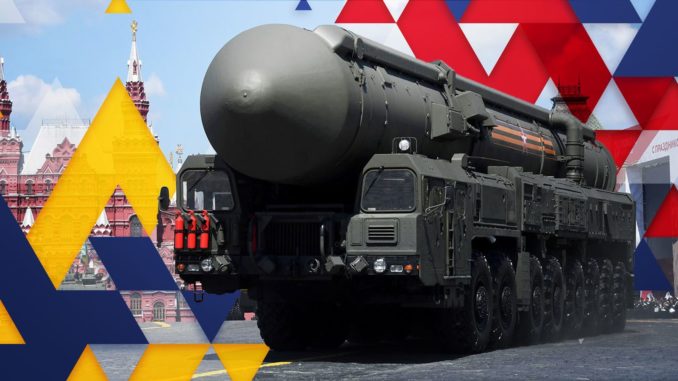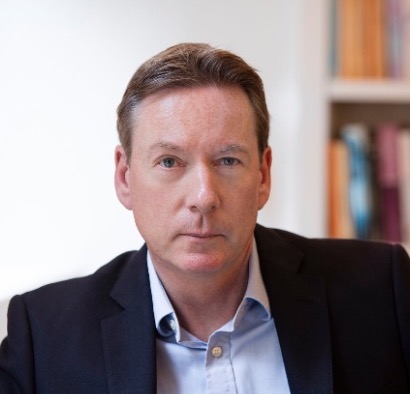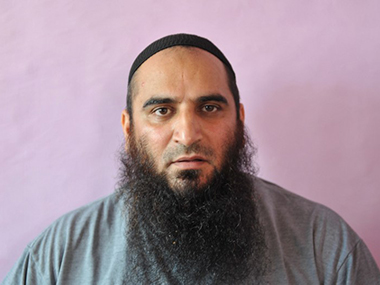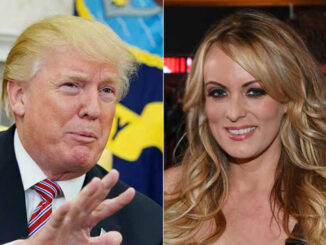

”But while Western nations have displayed a rare degree of unity in the strength of their reaction to Russia‘s invasion, there are suggestions that they are being merely reactive and not thinking through what the endgame should be. “The bigger strategic question,” says one of Britain’s most experienced military officers who asks not to be named, “is whether our government is engaged in crisis management or actual strategy.” That would require thinking this through to the finish, he adds. “What we are trying to achieve here is to give Ukraine every bit of help we can, short of World War Three. The problem is, Putin is a better poker player than we are.”
NATO ministers have been meeting in Brussels this past week to discuss how far they should go in providing military equipment to Ukraine.
The challenge for NATO throughout this war has been how to give its ally Ukraine enough military support to defend itself without getting drawn into the conflict and finding itself at war with Russia.
The Ukrainian government has been explicit in its calls for help. If it is to have any chance of fending off the coming Russian assault on the Donbas region in the east of the country, it says, then it urgently needs a resupply of the West’s Javelin, NLAW (next-generation light anti-tank weapon), Stinger and Starstreak anti-tank and anti-aircraft missiles that its forces have already been using to such effect in this war.
That much is coming. But Ukraine wants more.
It wants tanks, warplanes, drones and advanced missile air defense systems to counter Russia’s increasing use of air strikes and long-range missiles that are steadily depleting Ukraine’s strategic stores of fuel and other essentials.
So, what exactly, many people may ask, is holding NATO back?
The answer is escalation. The risk of Russia resorting to using tactical (i.e., short range) nuclear weapons or of the conflict spreading beyond Ukraine’s borders into a wider European war is constantly in the backs of western leaders’ minds and here the stakes are dangerously high.
What West has given so far
- over 30 countries have provided military aid to Ukraine including €1bn (£800m) from EU and $1.7bn (£1.3bn) from USsupplies so far limited to arms, ammunition, and defensive equipment like anti-tank and anti-aircraft missile systemsthey include Javelins which are shoulder-held anti-tank weapons that shoot heat-seeking rocketsand Stingers which are man-portable anti-aircraft weapons most famously used in Afghanistan against Soviet aircraftthe Starstreak is a UK-made portable air defense system
NATO members fear supplying heavier offensive equipment like tanks and fighter jets could lead to direct open conflict with Russia
That hasn’t prevented the Czechs from giving T72 tanks. President Putin reminded the world early on in this war that Russia is a nuclear weapons power and that he was moving its strategic nuclear deterrent up to a higher degree of readiness. The US did not follow suit as it detected no movement of Russian nuclear warheads out of their secure storage bunkers. But Putin’s point was made. He was effectively saying: “Russia has a massive nuclear arsenal so don’t think you can push us around.”
Russian military doctrine allows for the early use of low-yield, tactical nuclear warheads on the battlefield, knowing that the West has an abhorrence for nuclear weapons that have not been used in anger for 77 years.
NATO strategic planners worry that once the nuclear taboo is broken, even if the damage is limited to a localized target on the Ukrainian battlefield, then the risk of escalation to a catastrophic nuclear exchange between Russia and the West inevitably goes up a notch.
The US is sending Ukraine: $800min new military assistance, including800 Stinger anti-aircraft systems that can shoot down planes, 2,000Javelins, shoulder-held anti-tank weapons that shoot heat-seeking rockets, 6,000AT-4 anti-armor systems, a Swedish-produced, single-use, unguided anti-tank weapon.
And yet, with every atrocity apparently committed by Russian soldiers, NATO’s resolve stiffens and its inhibitions melt away. The Czech Republic has already sent tanks, admittedly outdated Soviet-era T72s, but they are the first NATO country to do so. Slovakia is sending its S300 air defense missile systems. Both such moves would have seemed improbably risky when this war began.
Tobias Ellwood MP, who chairs Parliament’s Defense Committee, is one of those who believes Putin is bluffing when he raises the specter of nuclear weapons and that NATO should be doing more.
‘We have been over-cautious in the weapons systems we have been willing to provide,” he says. “We need a more robust attitude. We’re giving the Ukrainians enough to survive but not to win and that must change.”
So how exactly could this Russia-Ukraine war escalate into a wider pan-European conflict that drags in NATO?
There are a number of potential scenarios which will doubtless be occupying minds in Western defense ministries.
Here are just three of them:
- A NATO-supplied anti-ship missile fired by Ukrainian forces in Odesa hits and sinks a Russian warship offshore in the Black Sea with the loss of nearly 100 sailors and dozens of marines. A death toll of this magnitude in a single strike would be unprecedented and Putin would be under pressure to respond in some form.
- A Russian strategic missile strike targets a supply convoy of military hardware crossing from a NATO country, like Poland or Slovakia, into Ukraine. If casualties were sustained on NATO’s side of the border that could potentially trigger Article 5 of NATO’s constitution, bringing the entire alliance to the defense of the country attacked.
- Amidst fierce fighting in the Donbas an explosion occurs at an industrial facility resulting in the release of toxic chemical gases. While this has already occurred, there were no deaths reported. But were it to result in the sort of mass casualties seen in Syria‘s use of poison gas at Ghouta and if it were found to have been deliberately caused by Russian forces, then NATO would be obliged to respond.
It is perfectly possible that none of these scenarios will materialize.
But while Western nations have displayed a rare degree of unity in the strength of their reaction to Russia’s invasion, there are suggestions that they are being merely reactive and not thinking through what the endgame should be. “The bigger strategic question,” says one of Britain’s most experienced military officers who asks not to be named, “is whether our government is engaged in crisis management or actual strategy.” That would require thinking this through to the finish, he adds.
“What we are trying to achieve here is to give Ukraine every bit of help we can, short of World War Three. The problem is, Putin is a better poker player than we are.”
Tobias Ellwood MP agrees.
“Russia does this [the threat of escalation] very effectively. And we are spooked. We have lost the ability to control the escalatory ladder.”
(The author is a British journalist. He is currently the BBC’s Security Correspondent)
(Source: BBC)





Be the first to comment